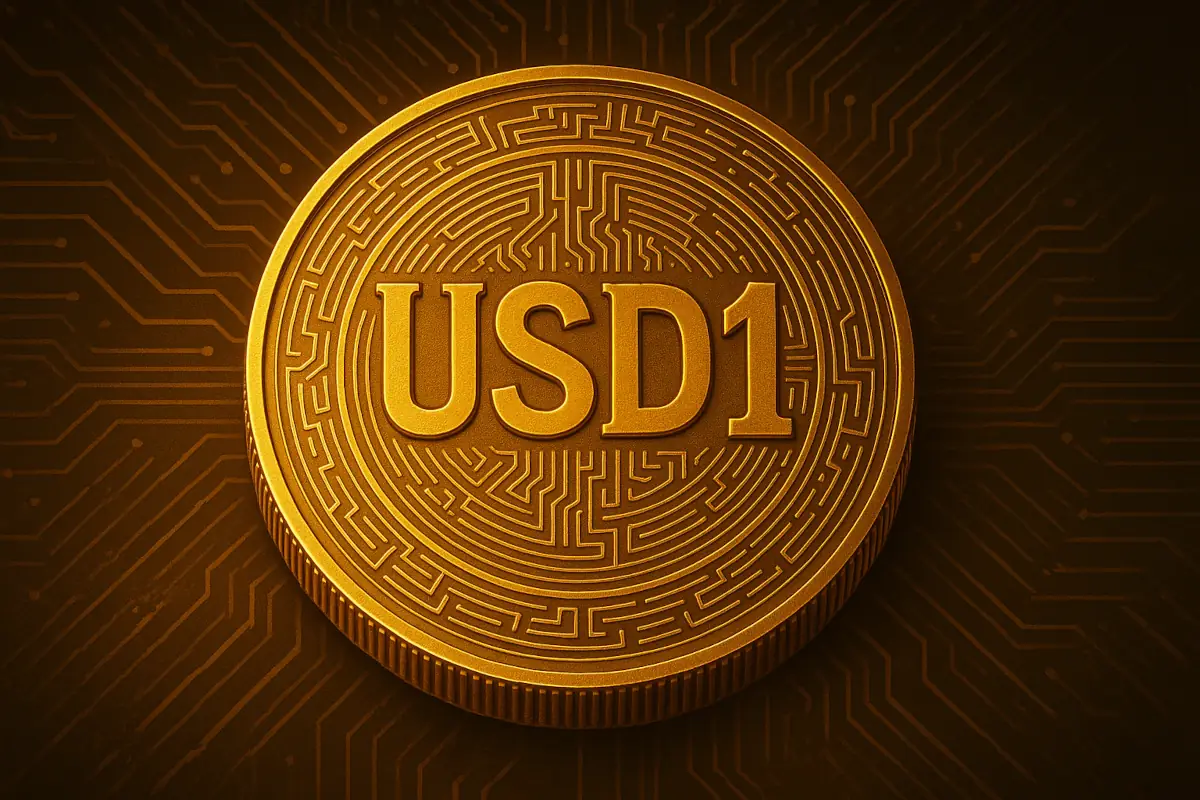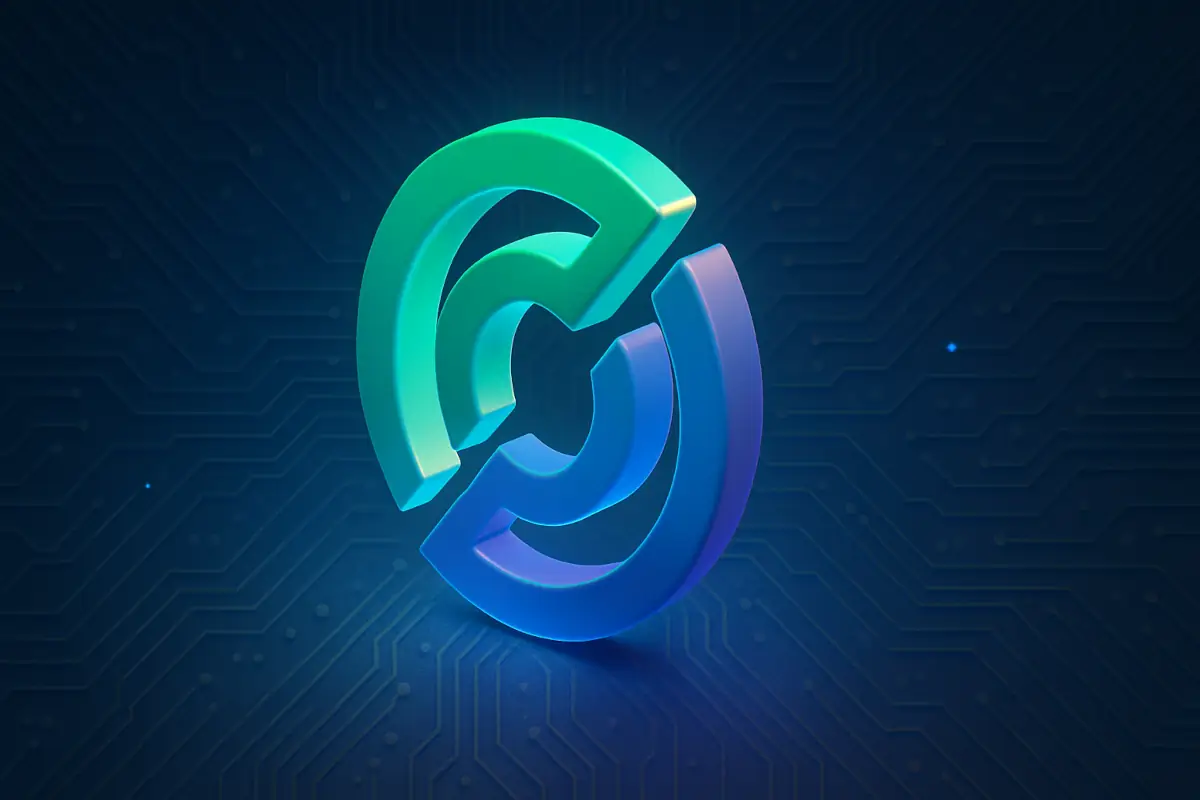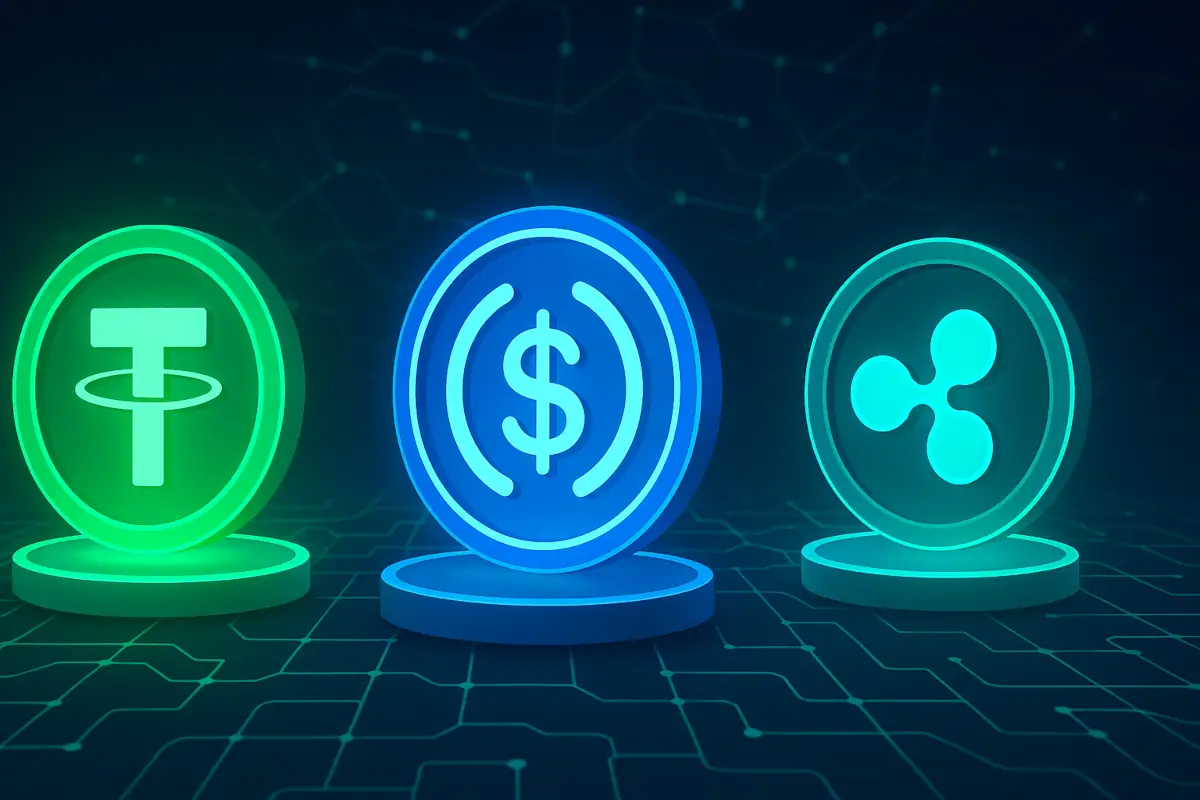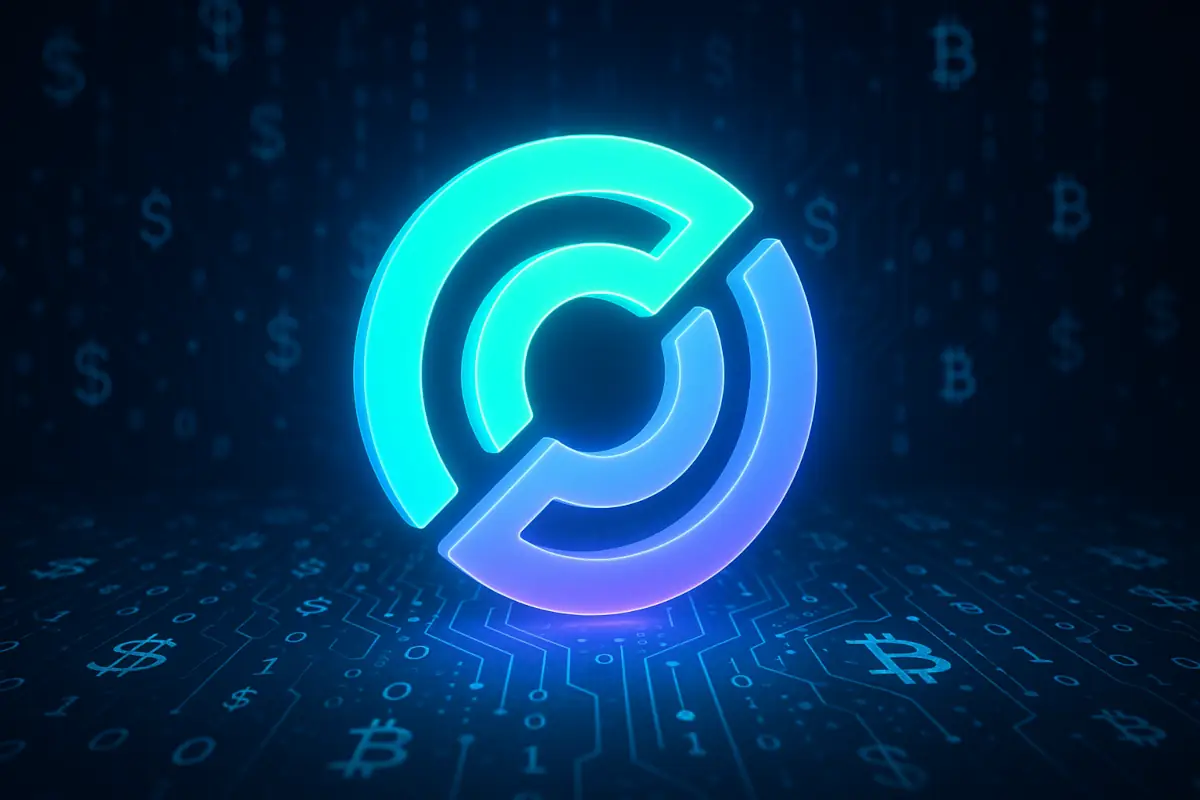In March 2025, World Liberty Financial (WLFI) introduced a new contender in the world of stablecoins, called USD1, aiming to meet the rising demand for secure, dependable digital currencies. With more players, including traditional financial institutions and state governments, venturing into stablecoin issuance, USD1 stands out by offering full backing through U.S. government treasuries and cash equivalents. The stablecoin has drawn attention, boosted by institutional partnerships, political ties, and a focus on transparency.
Table of Contents
What is USD1?
USD1 is a stablecoin created by World Liberty Financial (WLFI) and designed to maintain a 1:1 peg with the U.S. dollar. The token is backed by short-term U.S. government treasuries, U.S. dollar deposits, and other cash equivalents. This backing provides users with a dependable digital asset, offering protection against the volatility typical of cryptocurrencies like Bitcoin and Ether.
A notable feature of USD1 is its custodial arrangement with BitGo, a company recognized for its institutional security measures. BitGo manages USD1’s reserves, which are subject to quarterly independent audits and real-time verification on the blockchain. This structure supports transparency and security for those holding the stablecoin.
USD1 is compatible with Ethereum and Binance Smart Chain (BSC), enabling transactions across these widely used blockchain networks. This compatibility opens the door for use in cryptocurrency trading, decentralized finance applications, and international payments.
How USD1 Works?
USD1 operates by keeping a strict 1:1 reserve ratio, ensuring that every token issued is backed by an equivalent dollar amount held in secure assets. These assets include U.S. government treasuries and liquid cash equivalents, stored with BitGo as the official custodian.
The stablecoin’s smart contracts have passed independent security audits and use multi-signature approvals, reducing risks of unauthorized transactions. USD1’s interoperability with multiple blockchains, especially Ethereum and Binance Smart Chain, provides users flexibility when moving funds or interacting with decentralized finance platforms.
Compliance has been a focus for World Liberty Financial. USD1 incorporates know-your-customer (KYC) and anti-money laundering (AML) protocols. These measures help align the stablecoin with global financial regulations, making it usable by both individual and institutional participants under various jurisdictions.
Why World Liberty Financial Launched USD1?
World Liberty Financial’s decision to introduce USD1 reflects a growing appetite for stable digital currencies offering speed, stability, and transparency. With stablecoins playing a central role in cryptocurrency markets, USD1 targets users who want alternatives to traditional banking and other stablecoins that have faced scrutiny over reserve management.
World Liberty Financial co-founder Zach Witkoff, said:
“USD1 provides what algorithmic and anonymous crypto projects cannot0 access to the power of DeFi underpinned by the credibility and safeguards of the most respected names in traditional finance.”
One of the key motivations behind USD1 was addressing gaps in transparency that have plagued other stablecoins. By partnering with BitGo, WLFI ensures that reserves are verifiable both through quarterly audits and blockchain monitoring. This approach aims to set a higher standard of trust within the stablecoin market.
USD1 also eliminates transaction fees on minting and redemption, reducing barriers for both small and large users. Its structure caters to those looking for stablecoins that offer quick, low-cost transactions while retaining compliance and security.
Read also: Tether Is Preparing First Full Audits For USDT Transparency
The Rise of USD1 in the Stablecoin Market
In a short period since its launch in March 2025, USD1 has climbed the ranks to become the seventh-largest stablecoin globally, flipping PayPal USD, First Digital USD and Tether Gold, with a market capitalization surpassing $2.13 billion, according to CoinGecko. Several developments have fueled this rapid growth, setting USD1 apart in a competitive space.
A significant factor was the announcement by Abu Dhabi-based investment firm MGX, which chose USD1 to facilitate a $2 billion investment in Binance, the world’s leading cryptocurrency exchange. This partnership expanded USD1’s reach and led to a surge in issuance as demand spiked for a secure medium of exchange.
USD1’s dominance is further tied to its issuance strategy. Over 99% of USD1 tokens circulate on Binance’s BNB Chain, aligning the stablecoin closely with Binance’s ecosystem. This has strengthened USD1’s presence in decentralized finance platforms operating within Binance’s blockchain.
Political connections have also played a role. World Liberty Financial’s links to Donald Trump and his family attracted attention, with Trump publicly endorsing cryptocurrency initiatives and advocating for regulatory reforms. This environment helped USD1 gain traction, supported by media coverage and political backing.
USD1 Attracts 90% Overseas Investors
Institutional-grade infrastructure has been key to USD1’s appeal among investors. The reserves, held in U.S. Treasuries and other cash equivalents, are custodied by BitGo, a regulated trust company. This setup places USD1 alongside established stablecoins like USDC, offering similar safeguards while maintaining independent auditing and compliance mechanisms.
Investment interest has extended beyond the United States. Approximately 90% of World Liberty Financial’s investors come from international markets, with Chinese entrepreneur Justin Sun investing $75 million and serving as an advisor. This global support has expanded USD1’s influence and potential use cases across borders.
USD1’s availability on major exchanges has further boosted adoption. Listings on HTX, previously known as Huobi, and MEXC, combined with zero-fee trading promotions, have encouraged both traders and institutional players to incorporate USD1 into their transactions.
What’s Next?
World Liberty Financial’s USD1 stablecoin has established itself as a major player by combining transparency, institutional security, and broad blockchain compatibility. Its rise signals a growing demand for stablecoins that bridge traditional finance with cryptocurrency markets while maintaining accountability through audited reserves.
With over $2.13 billion in market capitalization and expanding partnerships globally, USD1’s trajectory points toward continued relevance in digital finance. While scrutiny surrounding its political ties and transparency remains, the stablecoin’s infrastructure and backing by regulated custodians set a solid foundation for ongoing adoption in cryptocurrency ecosystems.
Read also: Trump Media Partners with Crypto.com to Launch “Made in America” Crypto ETFs




